Written by Wendy R. Ellis DrPH (c), MPH; Co-Principal Investigator & Project Director, Building Community Resilience Collaborative; Sumner Redstone Global Center for Prevention & Wellness; George Washington University
Disclaimer: Moving Health Care Upstream is a collaborative effort co-led by Nemours Children’s Health System (Nemours) and the Center for Healthier Children, Families & Communities at the University of California- Los Angeles (UCLA). The views and opinions expressed in this article are those of the author(s) and do not necessarily reflect the official policy or position of Nemours, UCLA or the Moving Health Care Upstream initiative.
The Building Community Resilience (BCR) initiative aims to promote community resilience through cross-sector partnerships and integrated networks that will address, prevent and reduce the effects of Adverse Childhood Experiences (ACEs) and Adverse Community Environments (ACEs) on children’s health and well-being (The “Pair of ACEs”).

The BCR Pair of ACEs tree image grew out of our need to illustrate the relationship between adversity within a family and adversity within a community. The leaves on the tree represent the ‘symptoms’ of ACEs that are easily recognized in clinical, educational and social service settings, such as a food insecurity, housing instability or a mother grappling with depression. Adverse childhood experiences can increase a person’s risk for chronic stress and adverse coping mechanisms, and result in lifelong chronic illness such as depression, heart disease, obesity and substance abuse. Physical or sexual violence, and abuse or neglect are often less obvious but can exist as chronic stressors for individuals.
The tree is planted poor soil that is steeped in systemic inequities robbing it of nutrients necessary to support a thriving community., Adverse community environments such as a lack of affordable and safe housing, community violence, systemic discrimination, and limited access to social and economic mobility compound one another creating a negative cycle of ever worsening soil that result in withering leaves on the tree.
The BCR framework emerged from the recognition that an existing network of resilience to buffer against chronic adversity creates communities that are stronger and more readily able to bounce back in response to catastrophic emergencies. We recognize that many socially vulnerable populations are resilient in that they consistently ‘bounce back’ from daily adversities posed by their community environments. We build upon this understanding but aim higher. By building community resilience, we work to help communities and individuals bounce forward from chronic, daily adversity so they are better prepared to bounce back in times of acute shock.

As our logo suggests, in BCR we aim to create vibrant communities built on more more fertile soil. We do this by creating space for collaboration across sectors – from education to criminal justice – and resident stakeholders to improve community infrastructure and economic vitality. This can be achieved through a number of levers that also provide buffers to adversity such as affordable housing, safer streets, more equitable access to education and financial stability.
The BCR tree graphic has been used by BCR partners to help multiple sectors and government agencies understand their potential role in building community resilience. Download the image here.
To learn more about how BCR coalitions have used this tree and other BCR communications tools, the challenges they have faced, and solutions identified, join tomorrow’s webinar. Register at go.gwu.edu/BCRwebinar.
